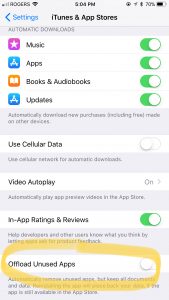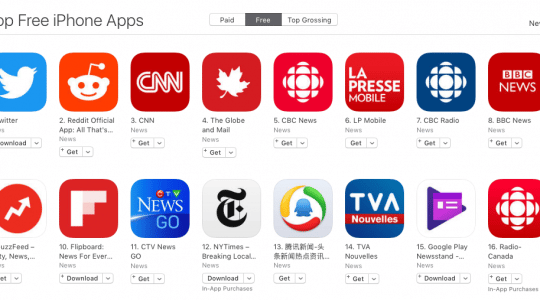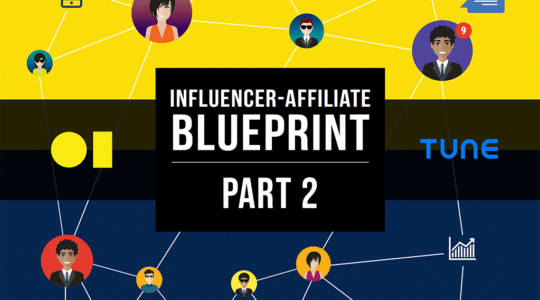
In 2015 I downloaded an app called Touch of Modern. The company behind it is a retailer that sells cool modern products for men, including furniture, watches, a gadgets.
In 2016 I barely touched the app. Maybe never.
In 2017 I ordered perhaps $2,000 worth of product right from the app.
 After downloading and installing iOS 11 today, it struck me that if iOS 11 had been around in 2016, I might never have had the opportunity to see the app icon on one lazy weekend, tap it out of sheer boredom, browse the products, and so get sucked back into buying cool stuff that I barely use. And Touch of Modern would have been out $2K in potential purchases … without ever knowing it.
After downloading and installing iOS 11 today, it struck me that if iOS 11 had been around in 2016, I might never have had the opportunity to see the app icon on one lazy weekend, tap it out of sheer boredom, browse the products, and so get sucked back into buying cool stuff that I barely use. And Touch of Modern would have been out $2K in potential purchases … without ever knowing it.
Because as far as iOS would have known, Touch of Modern would have been a zombie app — an unused and unloved app that was generating approximately zero engagement.
iOS 11 has a multitude of new features. One of the biggest is the brand new App Store.
But one of the smallest could have a significant impact on zombie apps. And, impact zombie apps’ ability to miraculously resurrect and begin making their owners money again.
The key is a feature called “Offload Unused Apps,” which, if enabled — it’s not by default — will remove apps from an iPhone owners’ device but still save their data. This saves space on people’s phones, cleans up home screens, and generally makes a lot of sense.
Note:
TUNE’s in-app marketing product makes app engagement easy
But it also reduces that long-shot chance of re-engaging with a long-lost app user.
Instead of a bright, colorful app with your branding, unused and offloaded apps’ icons will be greyed out. One greyed out app icon might stand out; multiple will blend into the background, and make it harder for a user to pick out, get interested in, and select.
And, if they do select it, the app will need to be re-downloaded, installed, and re-filled with stored data, all of which will take time and interrupt conversion flows.
What should you do?
Smart mobile app developers, publishers, and marketers will continue their engagement efforts, using onboarding, messaging (both in-app and push), and getting additional contact information such as email addresses in sign-up flows so that they can avoid zombie status.
And now, so they avoid the risk of a “user” who can never really actually use the app without re-downloading it.
Author
Before acting as a mobile economist for TUNE, John built the VB Insight research team at VentureBeat and managed teams creating software for partners like Intel and Disney. In addition, he led technical teams, built social sites and mobile apps, and consulted on mobile, social, and IoT. In 2014, he was named to Folio's top 100 of the media industry's "most innovative entrepreneurs and market shaker-uppers." John lives in British Columbia, Canada with his family, where he coaches baseball and hockey, though not at the same time.




Leave a Reply
You must be logged in to post a comment.